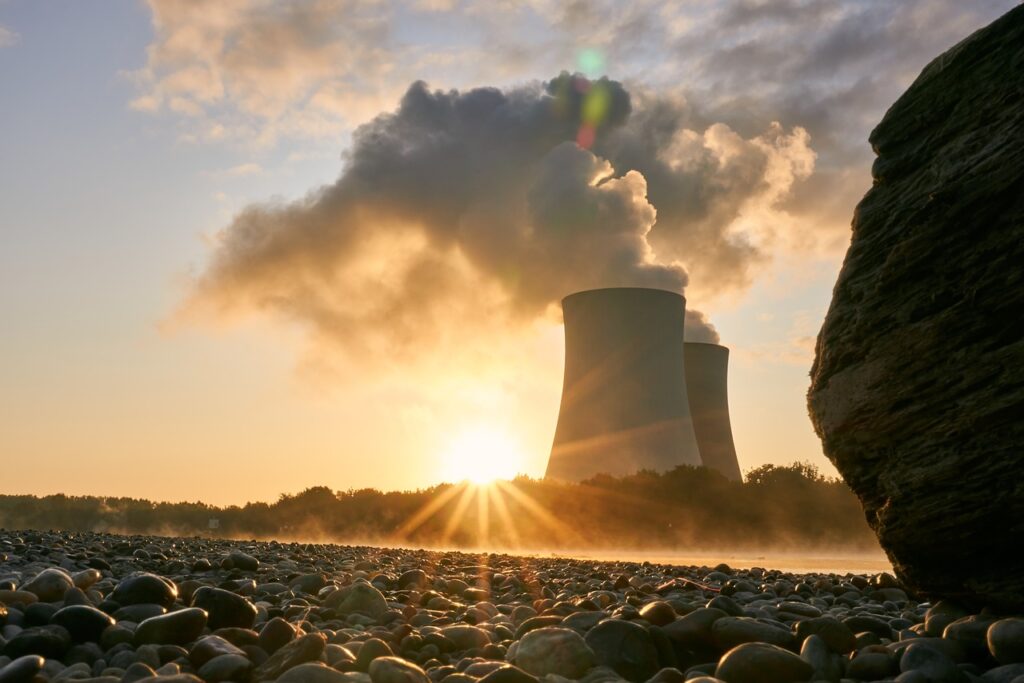First Hydrogen has unveiled a new venture targeting the integration of small modular reactors (SMRs) into its clean energy portfolio. This announcement comes as governments and organizations worldwide grapple with balancing energy demands and emission reduction commitments.
First Hydrogen’s strategic shift towards nuclear energy with SMRs is a response to both technological advancements and market pressures. The World Nuclear Association reports 70 SMR designs under development globally, symbolizing a growing acceptance of nuclear power’s potential in achieving lower greenhouse gas emissions. However, it’s crucial to note the divided opinions on nuclear energy’s environmental merits. Criticism revolves around waste disposal concerns and the historical stigma of nuclear incidents.
Despite these critiques, SMRs offer distinct advantages that may address some traditional nuclear drawbacks. Their compact size, typically less than 300 megawatts, reduces initial investment costs and construction time. This scalability paired with the ability to integrate renewable energy sources positions SMRs as a bridge technology in a transitional energy market. Bloomberg New Energy Finance suggests that the modular construction of SMRs could curtail the hefty financial burden historically associated with nuclear power plants.
With nuclear energy comprising roughly 10% of global electricity supplies, and its potential to double by 2050 if carbon-neutral policies are implemented aggressively, First Hydrogen’s steps towards SMR technology could align with long-term decarbonization objectives. Yet, a critical assessment of their economic viability remains. The high upfront costs, despite being lower than traditional plants, still present a significant hurdle today. Industry experts point out the necessity of government incentives and subsidies to offset initial financial challenges.
The deployment of SMRs also promises a decentralized energy system. Instead of concentrating power supply in large plants, distributing smaller units across diverse geographical areas can enhance grid stability and reduce transmission losses. If First Hydrogen can leverage this decentralized model effectively, the implications for grid resilience could be substantial, particularly in regions susceptible to disruptions.





